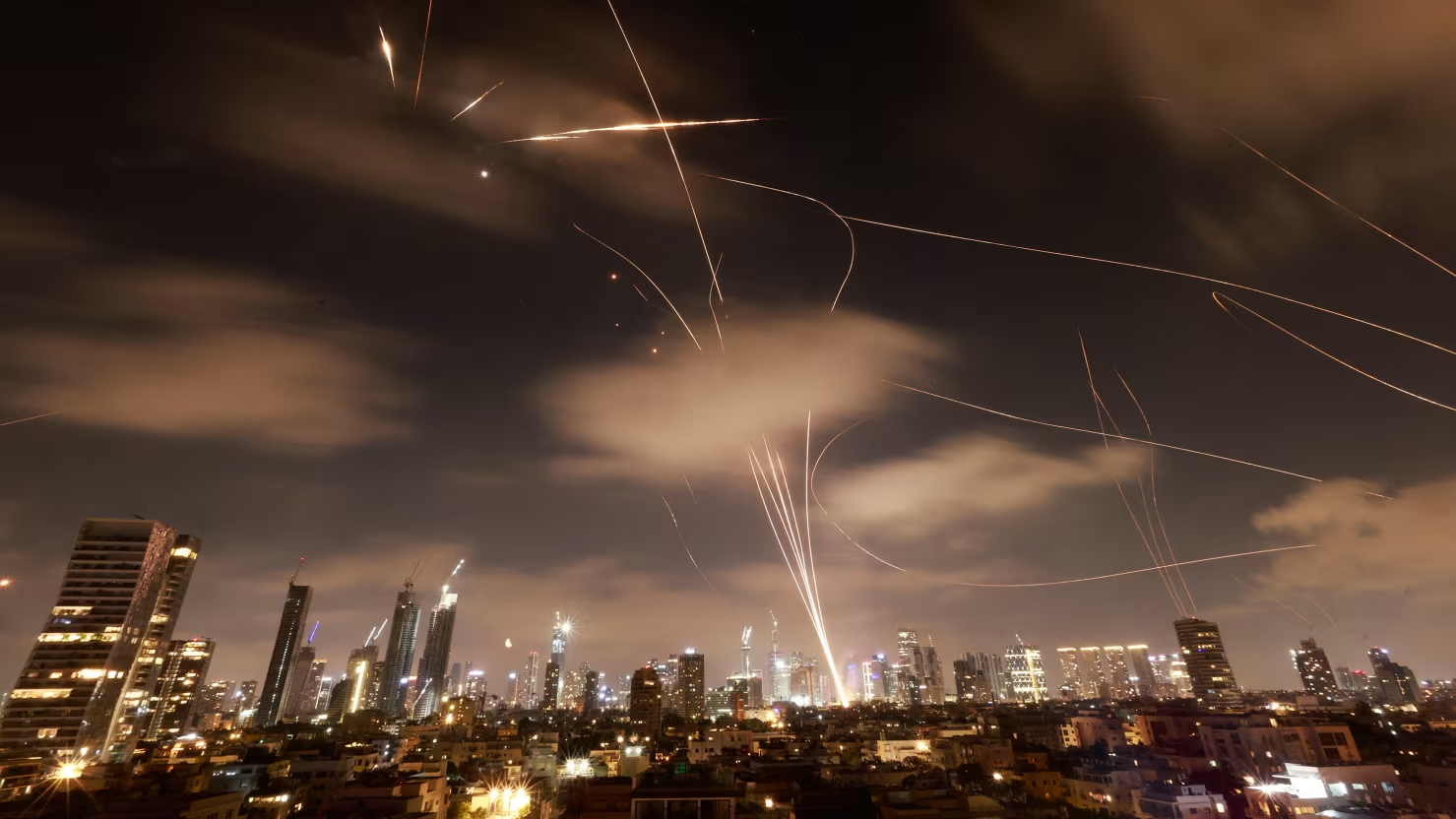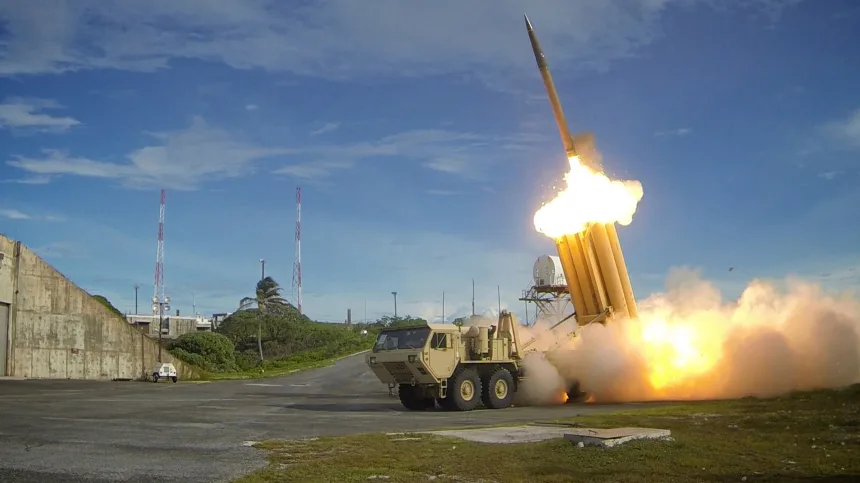
In the 12-day conflict with Iran in June, the United States sent two of its seven THAAD batteries to safeguard Israel, leading to the launch of more than 100—and potentially as many as —interceptor missiles, about 25% of its total THAAD inventory.
Every THAAD missile, priced around $12.7 million, effectively intercepted numerous incoming Iranian ballistic threats. However, certain rockets still impacted Israeli territory, highlighting the shortcomings of even the most sophisticated missile defense systems.
This swift usage revealed a significant shortage in U.S. missile defense supplies. In the last fiscal year, merely 11 THAAD interceptors were manufactured, with only 12 additional units expected to be delivered in 2025 based on existing procurement strategies.
Although the 2026 defense budget expects to add 37 more units, specialists caution that these delivery schedules are far from compensating for current losses.

While at sea, U.S. Navy vessels launched approximately 80 SM-3 interceptors, which further depleted stockpiles and underscored the susceptibility of naval missile-defense systems in extended, high-intensity conflicts.
Defense officials and analysts contend that the situation highlights a wider readiness crisis. They emphasize a concerning discrepancy between limited interceptor reserves and escalating worldwide risks, particularly as opponents increasingly opt for saturation assaults employing low-cost ballistic missiles.
The Pentagon has highlighted initiatives to speed up manufacturing and broaden defense resources, indicating that more affordable options such as laser-guided missiles and electronic warfare technologies should have an expanded role.
Although U.S. officials assert that the military is “stronger than ever,” the operational exigencies highlighted by this mission require immediate focus: without significantly increased production and strategic emphasis, missile defense assets could encounter severe shortages in upcoming emergencies.


